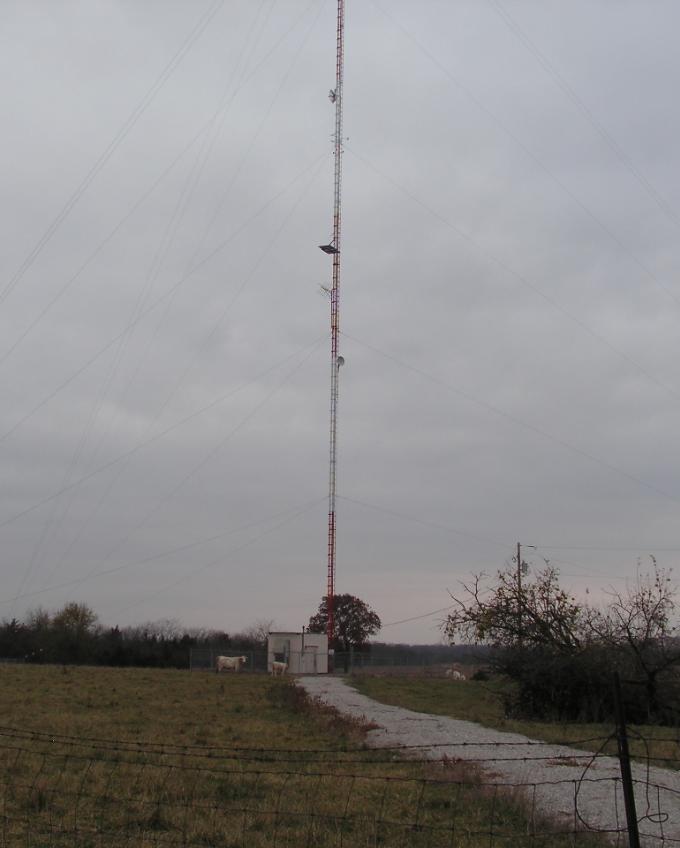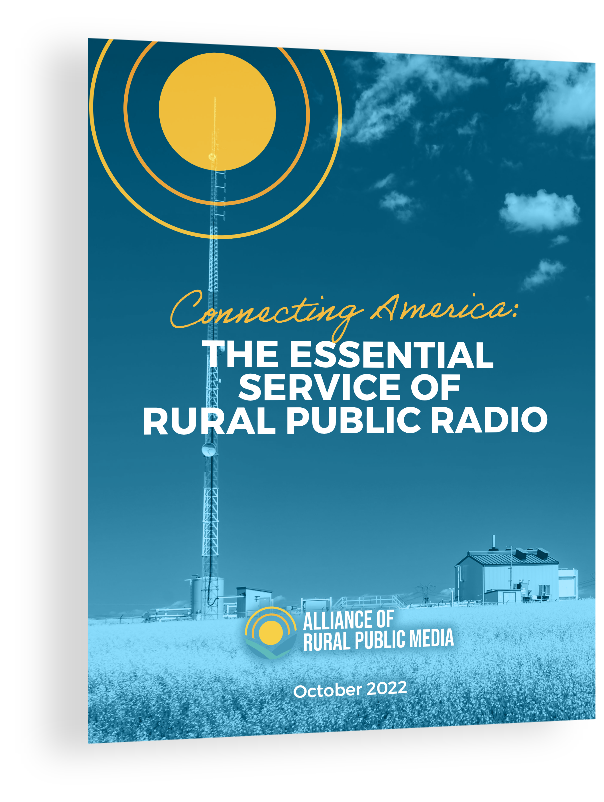Policy & Research

Executive Summary
Rural public radio stations serve as the heartbeat of rural America, informing and enriching their communities. Every day, rural public radio stations find innovative ways to connect audiences and deliver critical services across multiple platforms with limited resources.
The rural public radio network serves all 50 states, Guam, Puerto Rico, and the U.S. Virgin Islands, as well as Native American and Island communities. Public radio is broadcast to 98.5 percent of the U.S. population, advancing public broadcasting’s universal access mission.
A 2022 Alliance of Rural Public Media survey of more than 100 public radio stations serving rural communities provides a first-of-its-kind look at the role and impact of public radio in rural America today. The Rural Public Media Survey demonstrates that rural public radio remains an essential service for rural Americans across broadcast and digital platforms, helping to build thriving communities and keeping rural residents informed.
Rural Americans rely on their local stations for daily local news, including news on the local economy, education, government, public safety, weather, and culture. The rise of news deserts increasingly has resulted in rural public radio stations being the only remaining daily local news service with journalists living in their communities. During emergencies and natural disasters, stations provide critical public safety information across broadcast and digital platforms, both through their news reporting and as part of federal, state, and local emergency warning systems. Moreover, rural public radio stations play a key role in preserving local arts, music, and culture. Public radio is a home for indigenous languages, and stations are key partners in supporting local musicians and rural community institutions.
These stations also face unique challenges, including fewer opportunities for raising donor support, extensive infrastructure costs related to reaching rural and remote audiences, and a broadband gap that hinders rural audiences from accessing digital content.
In order to sustain this reliable, indispensable service for rural and remote American audiences, rural public radio stations need sustained support. Lawmakers can ensure that their rural constituents continue to receive public radio’s essential public service by acting on three measures:
→ Maintain robust federal funding for public broadcasting
→ Continue FEMA support for station infrastructure
→ Enhance support for public radio collaborations and partnerships
Together, these measures will foster continued connections among rural communities, and broaden connections with every corner of the United States. Support for these essential stations will ensure that public radio continues to fulfill its mission of providing universal access to indispensable news, emergency alerts, and cultural programming for all Americans.
